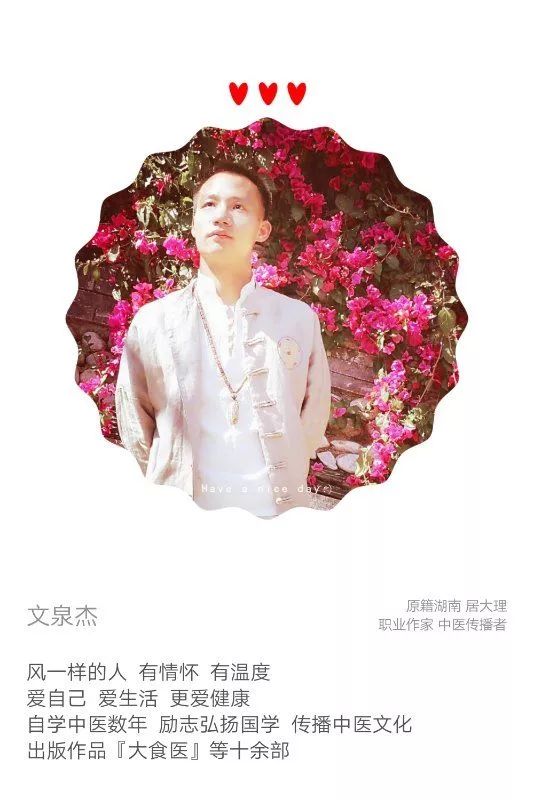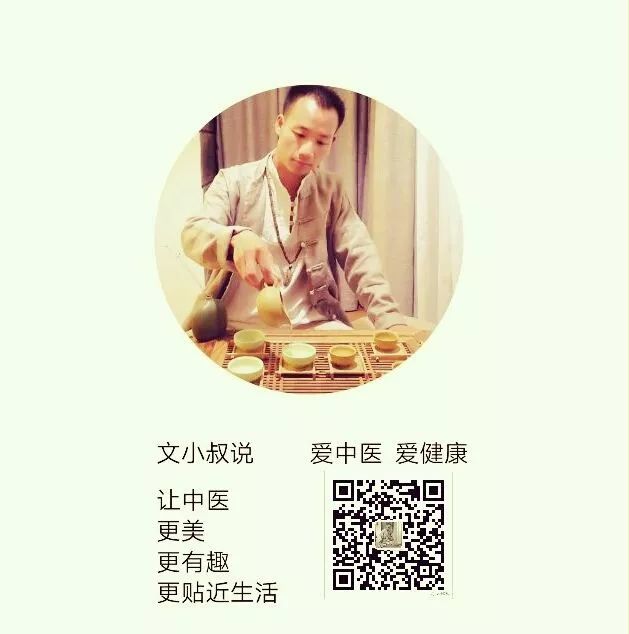Wen Xiaoshu says Making Traditional Chinese Medicine more beautiful, interesting, and closer to life

Li Zhong Wan (Li Zhong Decoction) is familiar to many people. During the Zhang Zhongjing period, it was mentioned in both the “Shang Han Lun” and “Jin Kui Yao Lue”, but in the “Jin Kui Yao Lue”, it is referred to as Ren Shen Tang (Ginseng Decoction).
Li Zhong Wan in the “Shang Han Lun”
Li Zhong Wan first appeared in the “Shang Han Lun”. As the name suggests, “Li Zhong Wan, regulates the middle burner”. The ingredients of this formula are Ren Shen (Ginseng), Gan Jiang (Dried Ginger), Zhi Gan Cao (Honey-fried Licorice), and Bai Zhu (White Atractylodes), each three taels.
The reason it regulates the middle burner is that cold evil has entered the middle burner, like a cold object with weapons lying in your stomach. The result is that the Yang Qi in the stomach is damaged, and the food consumed is immediately frozen, unable to be digested, and the stomach cannot move, leading to either vomiting or diarrhea.
At this time, the treatment should first replenish the damaged Yang Qi, so we use Gan Jiang to warm and assist the Yang Qi of the middle burner.
Additionally, Qi and body fluids accompany each other; vomiting and diarrhea damage body fluids while also harming Qi, so we use Ren Shen and Gan Cao to tonify body fluids and the Qi of the middle burner.
At this point, we have only replenished what was damaged and have not expelled this foreign object, so we need to use Sheng Bai Zhu (Raw White Atractylodes) to transport this cold entity out of the body.
Ren Shen Tang in the “Jin Kui Yao Lue”
In the “Jin Kui Yao Lue”, Ren Shen Tang treats diseases of the upper and middle burners. Insufficient Yang Qi in the middle burner is like an ice block accumulating in the stomach, blocking the flow of Yang Qi. If Yang Qi cannot descend, it will rise, causing the accumulated Yang Qi to congest in the chest meridians, leading to a feeling of collision or pain in the chest.
Therefore, we should find a way to warm the ice block accumulated in the stomach so that Yang Qi can flow, preventing it from rising again. Ren Shen Tang is used to warm and unblock this ice block in the stomach.
In summary, the function of Li Zhong Tang during the Zhang Zhongjing period was to warm and transport the cold elements of the spleen and stomach. However, this cold element could be either external or internal.
Modern Chinese Medicine “Li Zhong Wan”
Today, Li Zhong Wan (Li Zhong Decoction) has been developed into a modern Chinese medicine, and according to its instructions, its main ingredients are: Ren Shen (Ginseng), Gan Jiang (Dried Ginger), Zhi Gan Cao (Honey-fried Licorice), and Bai Zhu (White Atractylodes).
The function is: warm the middle, expel cold, tonify Qi, and strengthen the spleen.
The indications are: Spleen and stomach Yang deficiency, vomiting, diarrhea, chest fullness, abdominal pain, loss of appetite, indigestion, Yang deficiency with blood loss, and pediatric slow fright, etc. It is used to treat Yang deficiency-related stomach pain, Yang deficiency-related diarrhea (acute and chronic gastroenteritis), hematemesis, melena, purpura (allergic purpura), epistaxis, menorrhagia, anemia, pediatric slow fright, jaundice, chronic hepatitis, biliary ascariasis, excessive bile post-surgery, nephroptosis, chronic nephritis, chronic pelvic inflammatory disease, etc.
How to Use Li Zhong Wan?
After understanding the origin and composition of Li Zhong Wan (Li Zhong Decoction), it seems that the indications mentioned in the instructions have exceeded the original intention of using this formula during the Zhang Zhongjing period. However, the diseases treated by Li Zhong Wan, whether external or internal, should be based on the mechanism of insufficient Yang Qi in the middle burner.
Insufficient Yang Qi due to External Cold Evil
Insufficient Yang Qi due to external cold evil manifests as abdominal fullness, vomiting, and diarrhea, with the treatment goal being to expel the external cold evil; at this time, the tongue coating is slippery and watery, and it must not be yellow; the pulse should be wiry.
Insufficient Yang Qi due to Internal Injury
Internal injury should be due to insufficient Yang Qi in the middle burner, with Yang Qi stagnating in a localized area, leading to cold intolerance, cold extremities, loss of appetite, and difficult bowel movements; however, due to Yang Qi stagnation in the middle burner, one may also crave cold drinks, and since Yang Qi is insufficient, consuming cold drinks may lead to loose stools.

As for the bleeding diseases mentioned in the instructions, such as hematemesis and melena, due to their complex etiology and pathogenesis, it is still recommended that patients seek medical attention rather than self-administering Li Zhong Wan or other Chinese medicines.
At this point, is it clear to everyone: the diseases treated by Li Zhong Wan cannot be separated from the mechanism of insufficient Yang Qi in the middle burner; without this mechanism, this medicine should not be used.


